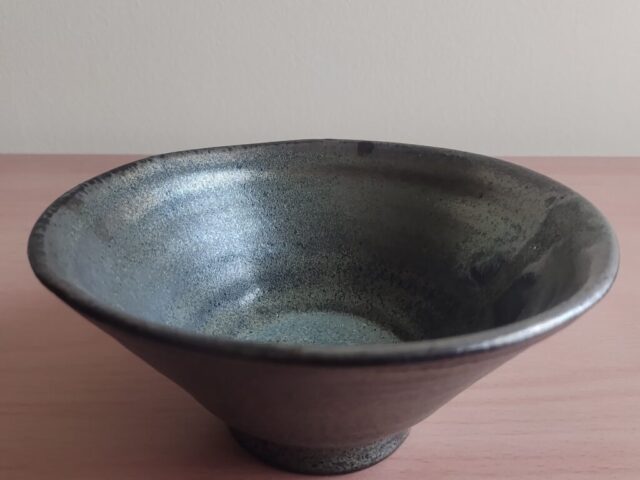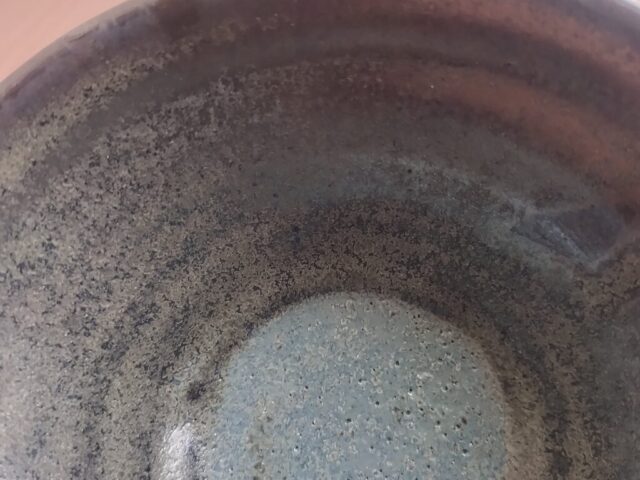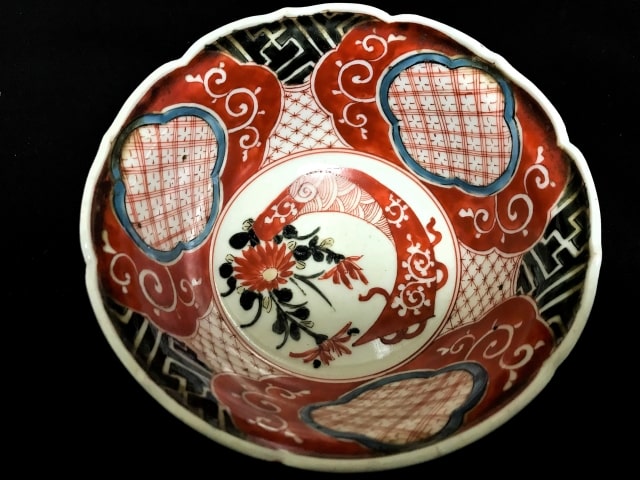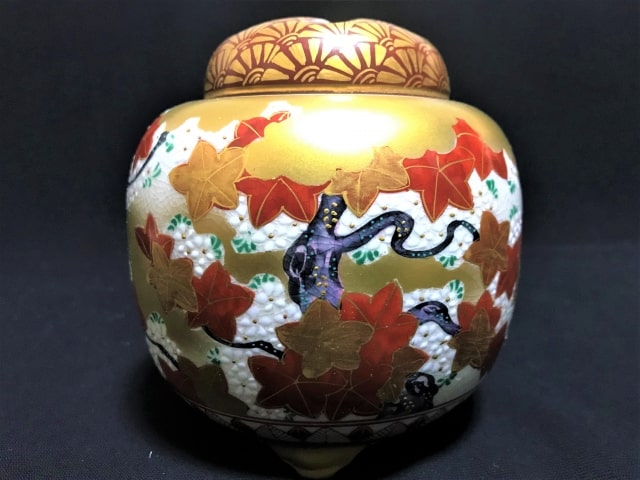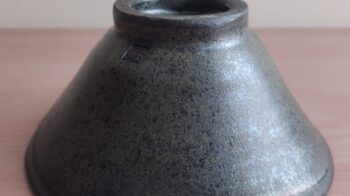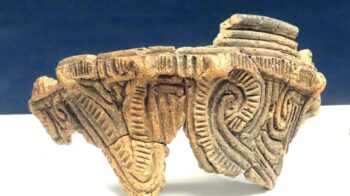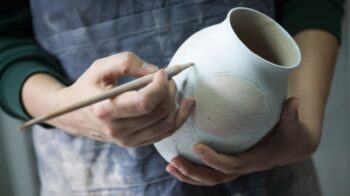Pottery and Porcelain
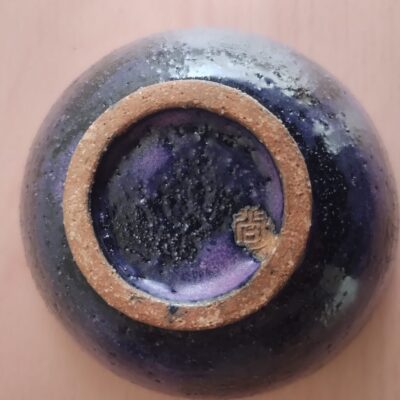
Let’s learn about the difference between pottery and porcelain.
Their major differences derive from the type of base raw material. Pottery is made of clay- based substance, while porcelain is made of porcelain stone or a combination of porcelain stone and clay.
The easiest way to distinguish them is to check the sound they make when you flick them with your finger. The pottery makes a dull sound, while the porcelain makes a metallic sound.
Below are other major differences between them.
Pottery (Toki)
Let’s pick up a bowl of pottery, which is called Toki in Japan.
- Firstly, you will find it has a non- transparent body.
- Next, when you hold it, it feels a little lighter than expected, because the pottery (Toki) has small holes in it.
- When you hold the bowl out to the sun, you will find the light does not pass through it. Because it is made of clay.
- Finally, pour warm tea in it and place it in your palm. You can feel the warmth transmitted slowly and gently. If the tea has a strong pigment just like Matcha (powdered green tea), the color will change over time, giving the bowl a richer flavor. Small holes on the surface of pottery (Toki) makes this change possible. However, glaze is often applied to give the surface a glassy membrane.
Pottery (Toki) is made by heating in a kiln at high temperatures between 1,100 and 1,200℃.
Representative examples of pottery (Toki) are Karatsu-yaki, Mino-yaki, and Hagi-yaki.
Porcelain (Jiki)
On the other hand, porcelain, which is called Jiki in Japan, has a white translucent body.
- Unlike pottery, porcelain (Jiki) allows light to penetrate, because it is made of porcelain stone, which contains a high ratio of silicic acid and also can be used as a base material for glass.
- Just like glass, porcelain (Jiki) is impermeable to water (non-moisture absorbent) and doesn’t change its color.
- It is harder and stronger than other types of ceramics.
Porcelain (Jiki) is made by heating in a kiln at high temperatures around 1,300℃. It is harder and stronger than other types of ceramics.
Representative examples are Arita-ware and Kutani-ware.

